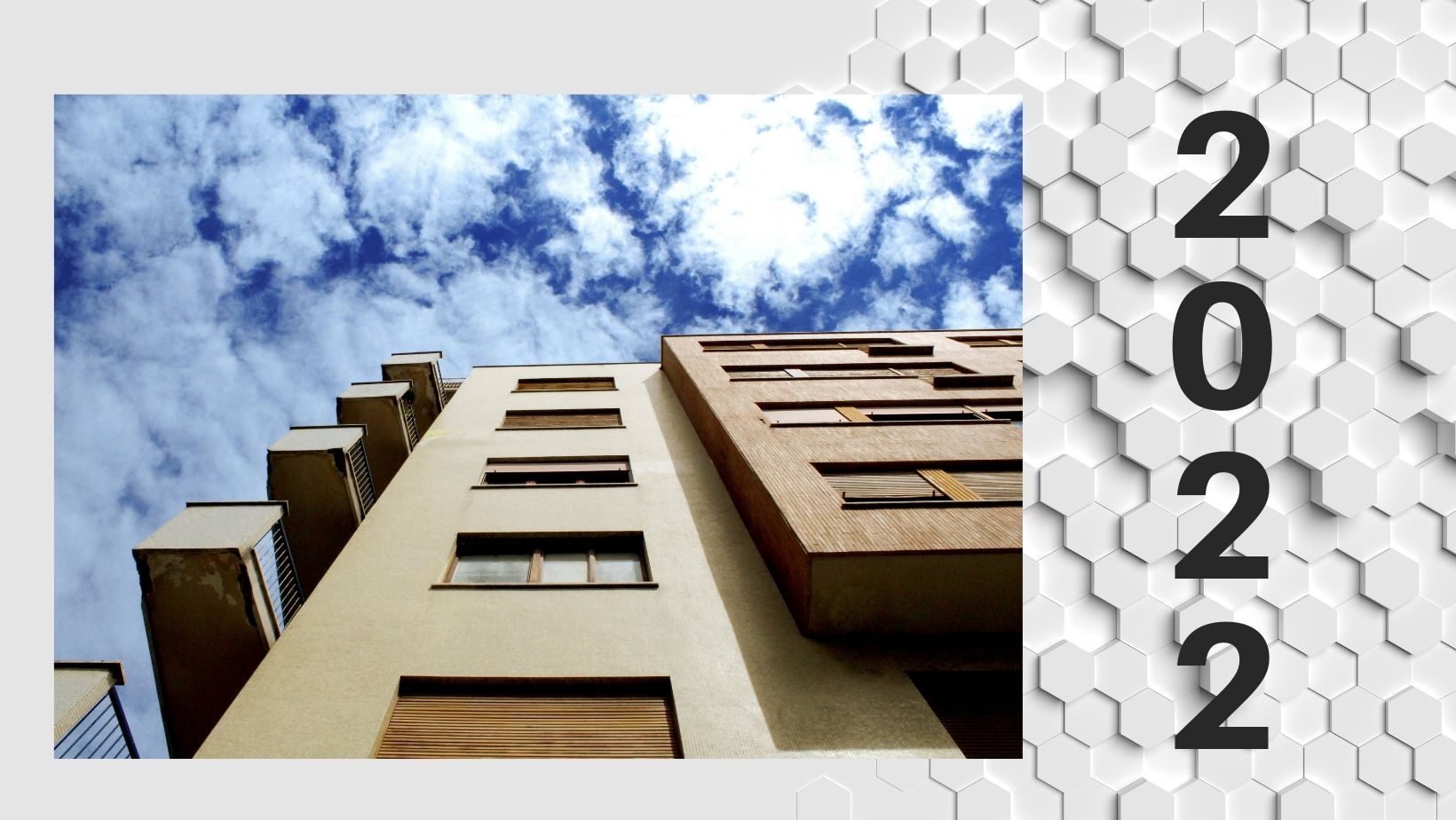Continuing and Emerging Patterns for 2022
January 6, 2022

The Turning of the Year from old to the new, a finished episode on to promising expectation, is a traditional time for both reflection and anticipation. Each year Urban Land Institute and PWC (formerly Price Waterhouse Coopers) compile an extensive study of Commercial Real Estate entitled Emerging Trends in Real Estate. Their methodology is an in-depth survey of all real estate sectors through interviews and surveys of the top minds and best businesses. I would like to use this as the basis of January’s newsletter, providing you a national overview.
“Both the economy and the real estate markets have held up better than I would have thought.” is their leadoff quote. The past two years “presented the property sector with an unending series of challenges and enormous, rapid shifts” but these actually revealed the surprising resilience of the property operators in response to these threats. Flexibility to quickly and effectively adapt has been the key trait that has come to the forefront and lead to the quickest recession ever followed by the strongest recovery ever, despite the lingering effects of the pandemic. This has caused the U.S. property markets to become even more sought after by both local and international investors. The economy has now recovered to pre-covid levels and growth is forecast to reach the highest level ever in 2022.
Construction and Affordability
American business owners and workers have all had to reevaluate their priorities. Work From Home (WFH) means firms will be leasing less space in the future leading to uncertainty for office developers. Older buildings have become obsolete and will be expensive or impossible to renovate. In San Antonio, the costs of land and construction materials have driven the costs for office, retail and multifamily to the limits and beyond what tenants can afford to pay. Affordable rental housing is usually older Class B and Class C apartments, but you cannot build a Class B apartment, only a Class A, and those are much less affordable. Only tax abatements from cities can put a dent in the affordability problem.
Industrial
Industrial construction, however, continues to boom because of the increased need to fill out the last mile of the logistics’ supply chain – delivery to the home. The local vacancy rate is down to only 5.3%, lowest since Q4 2018, according to NAI Partners, despite an increasing supply of industrial space. Nearly 2-million square feet has been delivered this year, nearly 10-million square feet are under construction and 3-million is in the pipeline for 2022.
Residential
Our homes used to be simply the place we eat, sleep and keep our stuff. Suddenly, they became our children’s school, the work place for you and your spouse, movie theater, gym and even the place from where we did our shopping, now online. And our home could now be relocated to a more distant, less expensive neighborhood, less crime ridden and maybe even in a state (like Texas) without income taxes and lockdowns.
Office
The office is the form of real estate in the greatest flux. We are still uncertain what the future will look like – the immediate past of WFH on Zoom? Or the more distant past when we were all together every day?
One owner said, “People can’t advance the shared consciousness and the culture of their firms without people physically in the office, and people can’t grow their careers without physically being around people in their office.” But workers really like hanging out at the house, and not having to get dressed for a long commute. The likely outcome will be a hybrid work place, depending on the company and their business. Younger workers need more mentoring, training and role modeling, but they are more tech savvy and less tied to the office environment. In fact, they take WFH one step further to Work from Anywhere (WFA). Older workers grew up in the office and are very comfortable with it, but are usually less comfortable with technology that frees them from the office. See a problem here? Then, there is the great Resignation this year, where many workers decided they could find a new and better place to work and quit their current jobs. There is a war for talent now, from the C-Suite to the construction workers. Also, some decided to just drop out of the workforce altogether, like mom’s who feel the need to homeschool, or others to retire early. On top of this, it is projected that nationally 1-million new office jobs will be created in 2022. This creates a very complex and uncertain picture for sever new years to come.
In San Antonio, we have a significant number tenants in the health services field and so very dependent on working from office space, not home. This industry’s need for office space is expected to continue to grow.
Retail
Retailers were facing the on-line shopping threat before Covid and it became severe during the lockdowns. But with WFH/WFA options too, there are now fewer workers in the office who are going out for lunch, less who need to shop to keep up their wardrobe, less who have the need for dry cleaners and conveniences near the office.
Inflation
Then there is inflation. Did the word “transitory” become transitory? Stay tuned. You would think the property sectors best positioned for this would be the ones with the shortest leases that can be raised the fastest. Hotels lease on a daily basis, self-storage months to a year, and apartments 6 months to a year. Office, retail and industrial are longer term, typically 3 to 5 years. CPI means the Consumer Price Index and is the proxy for inflation. CPI Adjustments written into leases as automatic rent increases based on inflation, were very common in leases in the 1970’s and 1980’s but then disappeared. They’re back.
Blessed in Texas
We can be glad we are blessed to live in Texas. The Texas Workforce Commission just announced that employment in Texas just passed the high mark set in February 2020, just before the pandemic. And the state’s unemployment rate has fallen to 5.2%, however, job creation in San Antonio has slowed the past few months.
All in all, 2022 looks like it will be a continuation of the good markets and high demand that we have seen in 2021. Hopefully, the pandemic will fade into the back ground; hopefully the supply chain mess will ease up and disappear by year’s end; hopefully the labor shortage will become less of a problem, though this may be the hardest problem of all to solve; and hopefully you and your family will have a Prosperous and Safe Year 2022!!! All the best to you from IRC!

